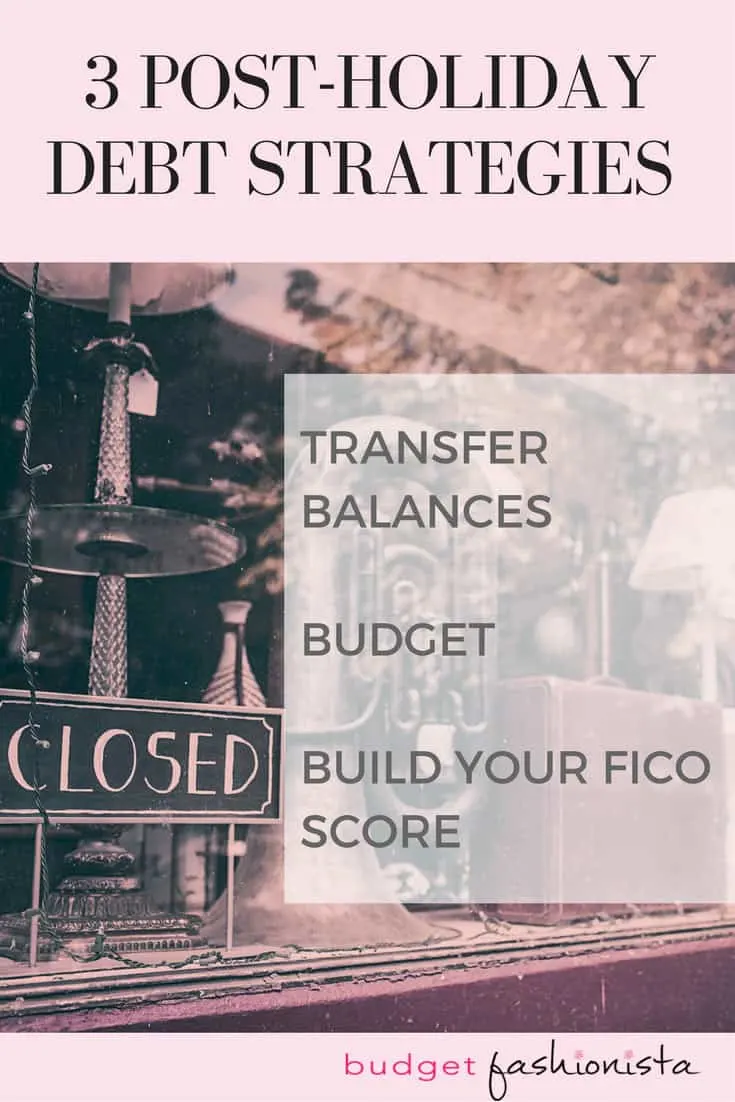157.1 million Americans are about to be hit with holiday debt.
December is, for many families, one of the most expensive months of the year. This year, the average spend on holiday gifts is $738 — and 64 percent of holiday shoppers are borrowing money to get the job done.
Personal finance comparison website finder.com commissioned a Holiday Spending Survey of 1,744 American adults, and the results are pretty shocking. Out of the estimated $181.2 billion that will be spent on gifts nationally, $103.3 billion will be swiped on credit cards or paid using other borrowed funds like:
- a personal loan
- short-term payday loan
- a loan from friends and family
So how can your family and mine keep holiday spending and borrowing to a minimum? And if we do take out personal loans or use credit cards, how can we recover, fast? We chatted with Head of PR and Money Expert at finder.com Michelle Hutchison to find out. Read on for more info about holiday spending, the debt it creates, and how shoppers can recover after the financial holiday hangover hits.
And the Money Expert Says…
Budget Fashionista: The study notes that 64% will borrow and 16% will use credit cards. What are some of the other borrowing sources shoppers rely on besides credit cards?
Michelle: While 64 percent of Americans will borrow money in some form, our survey indicated that the main source of finance shoppers will be relying on is their own savings. In fact, 36 percent of Americans will be using their savings alone for gift purchases this year.
However on average, only 59 percent of Americans’ gift buying budget will be withdrawn from savings, leaving 41 percent of their remaining budget to be sourced elsewhere. Other than credit card usage, we found Americans are seeking out short-term payday loans, personal loans and borrowing from their friends and family.
Budget Fashionista: Most of us know in theory what a payday loan is, but can you share what differentiates a payday loan from other types of debt?
Michelle: A payday loan, or short-term loan, is designed to be a small loan borrowed and repaid by the borrower’s next paycheck, usually up to six months depending on what state you’re in. Unlike traditional loans, payday loans can be granted within hours, depending on the lender, and accessible to those with a bad credit score.
Payday loans are unsecured and riskier loans for the lender than other types of loans, and therefore come with higher rates and fees. If payments are missed, they can become expensive quite fast. What started as a relatively small cost can grow rapidly once increased interest rates start to be applied.
Payday lenders have been accused of targeting the most vulnerable borrowers and resulting controversy has seen several U.S. states ban these loans. However, it can be argued that all Americans should have a right to some form of credit, regardless of their financial history.
Budget Fashionista: We hear a lot a about the dangers of excessive credit card spending during the holidays. But to what extent do shoppers rely on payday loans and other borrowing sources besides credit cards?
Michelle: 15 percent of Americans will use short-term loans for all or some of their gift buying. Another 3 percent will rely on borrowing from friends or family for all of their gift buying. And, 1.3 percent are intending to pay for all their presents with a personal loan.
Budget Fashionista: For those who do use credit cards and/or payday loans for holiday shopping, what are some post-holiday strategies that can help them get out of debt?
Michelle: If you haven’t saved up enough cash for your gift budget this year, you’re in with the majority of us. There’s nothing wrong with receiving a little extra help during one of the most expensive times of the year. But after the joy of holiday season wears away, don’t allow financial stress consume the start of your new year. Take a deep breath, refocus, action some of these tips and you shouldn’t see yourself reliving the financial strain this time next year.

1. Consider a balance transfer
If you find you’re struggling to pay off holiday credit, a balance transfer card can be a great option for consolidating debt and save on interest charges. After compiling debt, the last thing you want is to pay high interest on a large debt.
A balance transfer essentially allows you to combine all of your existing debt onto one credit card and repay it in installments at a lower rate over a certain period of time. Many balance transfer cards offer no interest, meaning that you won’t be charged any interest on your debt for a certain period of time.
Make sure to read the fine print for promotional period expiry dates, balance transfer fees, annual fees and other conditions.
2. Come up with a budget
Once you know how much debt you have and your repayment costs, it’s time to get your finances in order. Try to prioritize paying down the debts with the highest interest first. The more you can pay off now, the less you have to pay off later and the less interest you’ll incur in the long run.
Set up automatic, consistent direct debits so you’re not penalized for late payments. Work out what you’ll be spending monthly and set aside the appropriate funds so you’re not tempted to borrow more until you’ve paid off your current debt.
3. Build up your FICO score
If you took out a payday loan due to no credit history, after having paid back your loan, you could look into responsibly building your FICO score from scratch. If you’re receiving a consistent income and you’re confident you could make frequent repayments on time, look into taking out a secured credit card. After six to 12 months, you should notice a vast improvement to your credit score.
Budget Fashionista: What are some strategies families — those who don’t have a lot to spare — can use to start saving now for next holiday season?

Michelle: My number one rule is to holiday shop throughout the year. Take advantage of sales that pop up during 2017. That way, when everyone else is stressing during the last quarter of the year, all you have to worry about is putting out your festive decorations!
Also, it could be a good idea to open a savings account just for your holiday spending. Set a target savings goal for year-end, and then make automatic payments each week or month to make it happen.
And consider the necessity of your generosity. Sure, immediate family members probably belong on your ‘to buy for’ list. But don’t feel obligated to give to colleagues, all your extended family members and your entire group of friends. Perhaps initiate a Kris Kringle amongst larger circles instead, with a $5 or $10 cap on gifts. Make a list of those for whom you will be purchasing gifts, set a limit and stick to it! You can monitor your spending with a spreadsheet or even with pen and paper.
Stalk online coupon and discount sites and sign up for alerts so you’ll receive emails of deals as they come in, and don’t forget to browse cashback sites as they’ll reward you a percentage of your spending back after completing your shop at certain stores.
Finally, don’t be afraid to purchase second hand or browse thrift stores and vintage shops. I’ve donated really expensive, worn-once items to thrift stores — there are definitely hidden steals amongst the racks! Make a day of it, take your friends and see who can bag the best bargain!
maria
Saturday 11th of February 2017
Fabulous!
Michael Welter
Sunday 25th of December 2016
If you don't want yourself trap in debt crisis, then be disciplined and ensure self-control. Otherwise, you set yourself to a stressful debt life.
Catherine Brock
Sunday 25th of December 2016
Michael, Agreed. Thanks for stopping by! ~Catherine